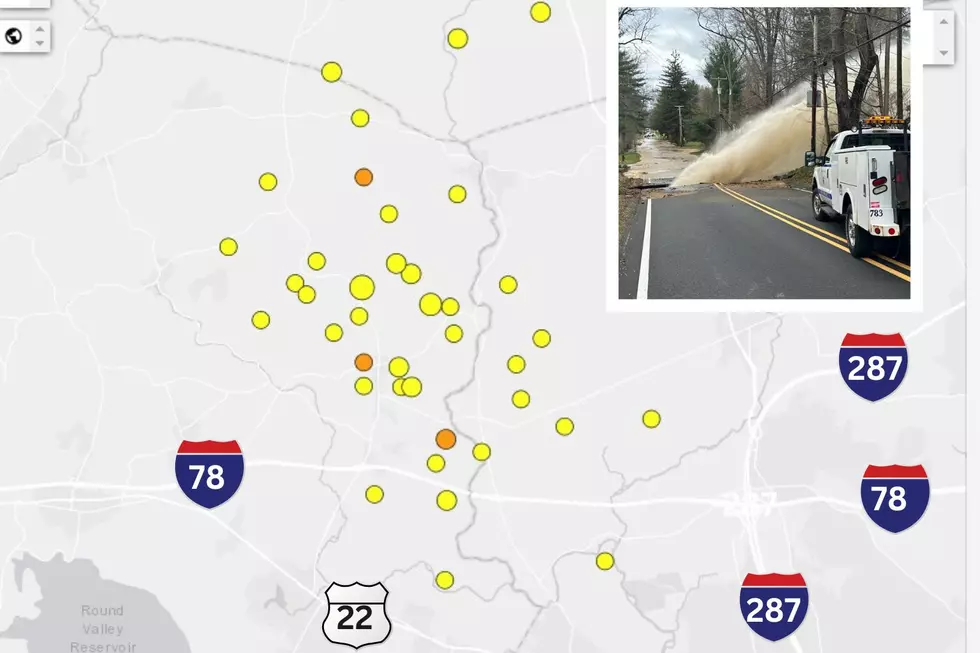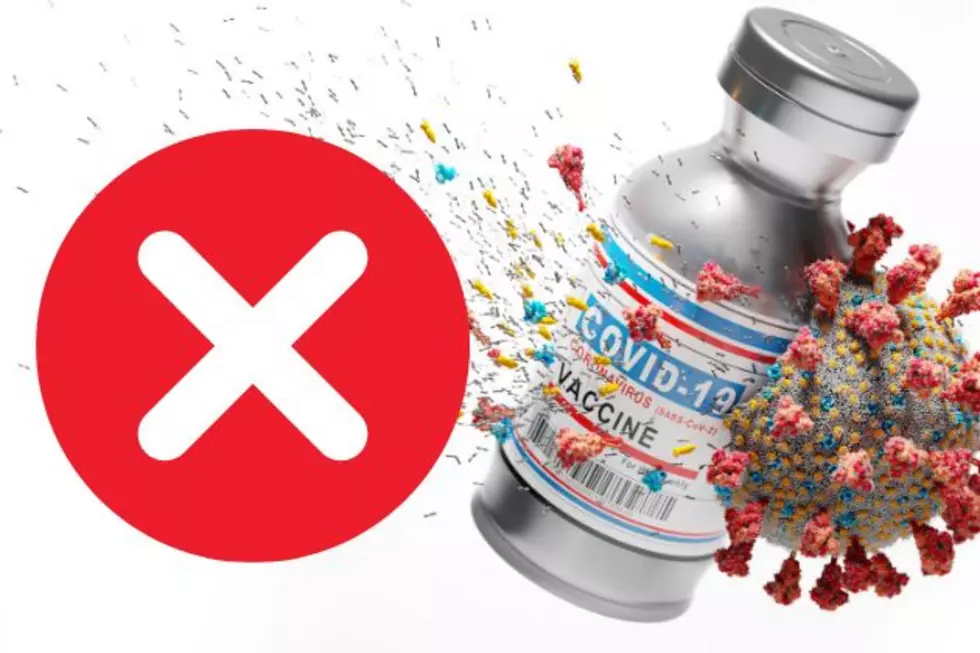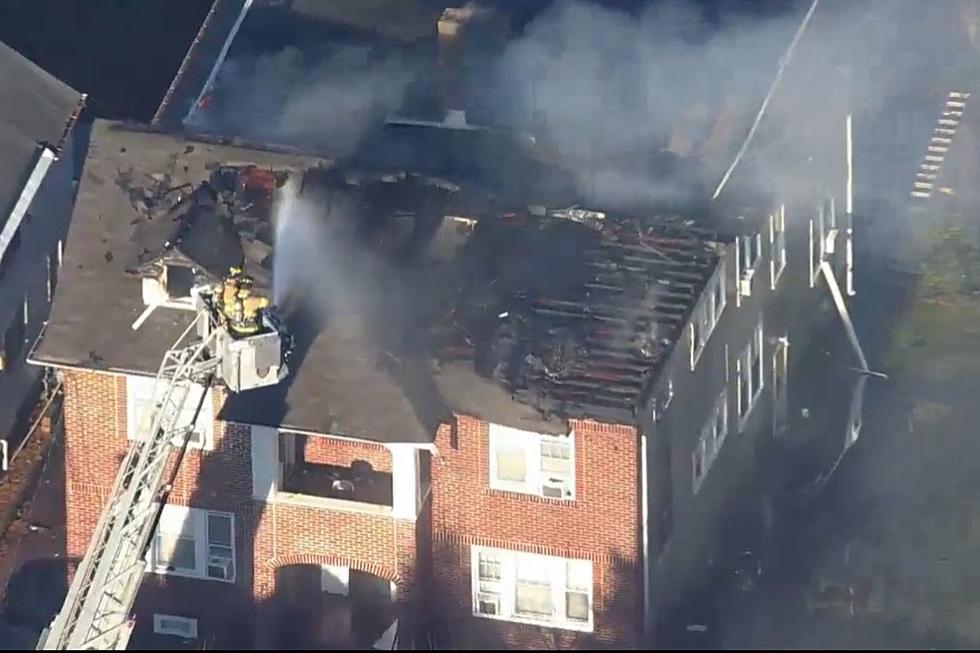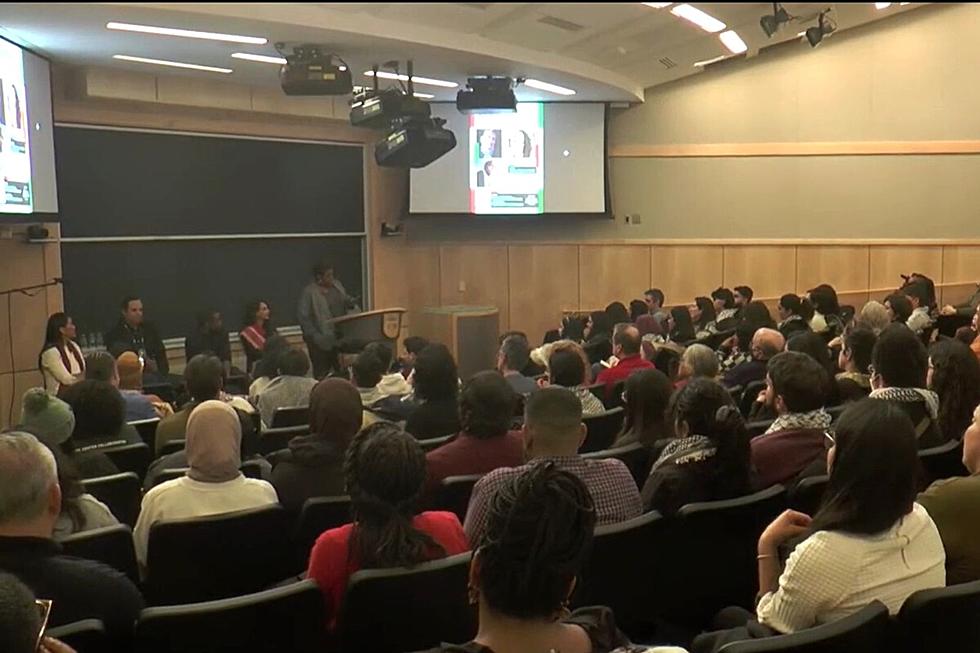
Sleeping this way could risk your baby’s life: What you need to know
A new study finds many parents with newborns are placing babies in unsafe sleep environments that could increase the risk of death.
Researchers at Penn State College of Medicine video-recorded infants in their homes and discovered most parents were placing their babies at risk by positioning them on their sides or stomachs, in cribs with soft sleep surfaces or loose bedding, or in beds alongside parents.
So how exactly should you keep your newborn safe when they’re sleeping?
Put the baby in the crib on his or her back
According to Barbara Ostfeld, program director of the Rutgers SIDS Center of New Jersey, babies “should be sleeping on their backs, and we’re talking about the first 12 months of life.”
She said that the time babies are 6 months old, they’re starting to roll over from their backs to their bellies and then returning to being on their back, so “when they have both of those skills they may decide their own position. You initiate sleep on the back but at some point around that age the baby may say, 'You know what, I think I’m turning over,' and you don’t have to stand there all night flipping them.”
She stressed “that’s a very, very key and critical contribution to a good outcome.”
Keep the crib sparse
“You want to make sure the baby is sleeping is a setting that is not littered with all sorts of soft objects, because babies can move toward them. It can obstruct the airway,” Ostfeld said. "We don’t want to see that."
No bumpers
“They can cause harm. There’s no indication that they actually have produced benefit,” Ostfeld said. “And you want to make sure you have no loose bedding, so absolutely no pillows in the babies sleep setting. That’s a major risk elevator. No quilts. If the baby needs some extra warmth, wearable blankets are what is recommended now. They zip up, they can be sleeveless, thick or thin, depending on how much warmth you need.”
No make-believe or real friends, or supplies
“You don’t want stuffed animals in the crib. You don’t want three days of extra underwear or diapers or anything of that sort. It should just be a clear environment,” Ostfeld said. “What you want is a mattress that fits the whole crib, covered by a tightly fitted sheet, no pillows or quilt under that sheet, and no guests, no siblings in the crib.”
Keep the crib close by
“That crib should be by the bed, not in a separate room but by the bed so the parent can hear and respond to the baby,” Ostfeld said
No bed sharing
Ostfeld said bed sharing is not recommended because if the parent falls asleep,t he baby can get suffocated or crushed.
“Bring your baby into bed to feed, to comfort to nourish, to breast feed, which is very important, but when you are ready to go to sleep that baby should be in a separate, safe sleep setting,” she said. “Our beds have big, heavy duvets. We have big, heavy, puffy pillows, there’s a gap between the mattress and the wall and other people are in bed. That parent may not sense if the baby is in trouble.”
Ostfeld stressed we’re much better off today with the safe sleep guidelines put out by the American Academy of Pediatrics than in the past.
“The rate of SIDS and other sleep-related infant deaths has been cut by more than half and compliance has gone up enormously,” she said. “In 1992, before the guidelines (came) out, about 70 percent of American babies were sleeping on their bellies and the rate of SIDS was quite high, but by the year 2000, 70 percent of America’s babies were now sleeping in their backs and the rate had plummeted.”
She added, “You could do everything wrong and still come out okay. Not everybody that has bacon 3 times a day drops dead in the evening, and not everybody who doesn’t wear a seat belt winds up in trouble. But you do have a much better chance of a good outcome if you eat healthy foods and are wearing your seat belt, and it’s the same thing with safe infant sleep.”
According to the U.S. Department of Health and Human Services, sleep-related infant deaths are the most common cause of death for babies between 1 month and 1 year of age.
More from New Jersey 101.5:
More From New Jersey 101.5 FM









